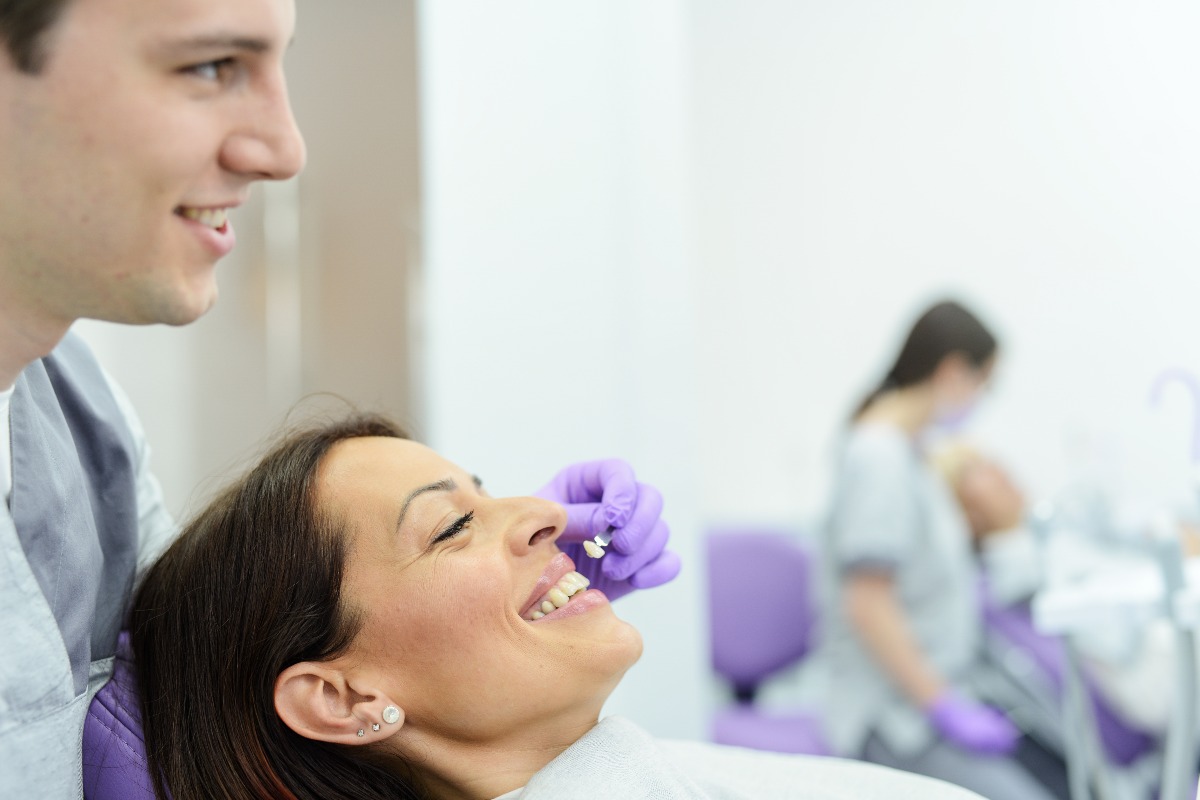How do they work?
When a tooth falls out, it is easy to consider it unimportant, merely a cosmetic issue. However it actually goes further than that. A missing tooth or teeth can hinder an individual’s confidence, it can make someone self-conscious, it can cause bone loss over time leading to a sunken facial appearance or it can cause the surrounding teeth to slant into the gap. This is where the implants come into play. These small metal screws are drilled into the jaw bone and act as a post for the restored or replenished tooth. The metal post provides a sturdy base that stimulates bone growth within the jaw bone as well. So there are numerous benefits to having this particular procedure.
Are they suitable for you?
First thing to consider when looking into a new treatment for yourself is whether or not it applies to your particular dental situation. Implants are for those who have lost teeth whether through natural or accidental occurrences. Whilst the majority of cases are accepted when it comes to having the implants put in place, if the individual does not have sufficient bone structure within the area then the treatment would not be able to proceed unless a bone graft was first carried out. So whilst you may not be a suitable candidate for the treatment to begin with, there is often a way around this, it may just require a few tweaks beforehand.
The best way to know whether or not a treatment or procedure is suitable for your individual case is to have a discussion with your dental implants team to discuss the available options.

What is the process?
Once the decision has been made to go down this particular treatment path has been made, a consultation will be booked with your dental team where a series of scans and physical examinations will take place. This is done to ensure that there is enough bone structure in the first place for the post to be inserted. If everything is to go ahead, the next appointment will generally be the surgery. This sounds daunting but has been carried out millions of times and only needs a local anesthetic in the required area. So there is no need to panic.
Once a local anaesthetic has been applied to the area, the dentist will open the area and, using a dental drill, insert the screw into the jaw bone. In most cases the area will then be left to heal and a temporary crown or bridge will be put in place. However, in some cases the permanent restoration or replenished tooth will be attached. Either way, a follow up appointment with your dental team will take place to ensure that the area heals correctly and that you are comfortable with everything.
It is important to remember that all treatments and procedures carry potential risks but these will be discussed with you during your consultation. It is recommended that before having any treatment to ask your dental team as many questions as you need so that you can become fully aware of what the treatment or procedure entails and any other aspects you may want to know.
